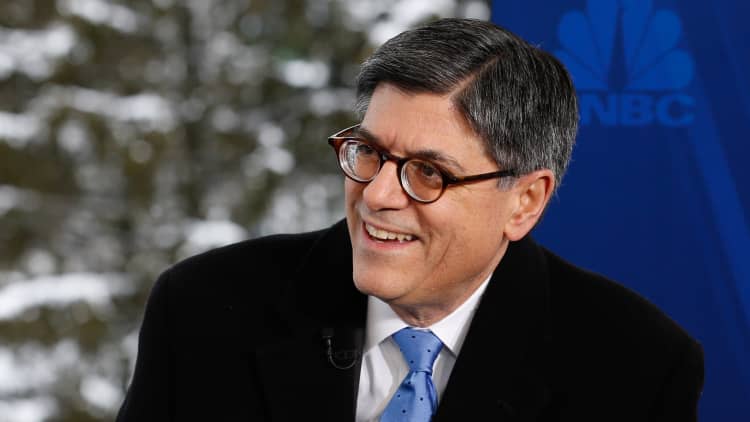The slumped 5 percent against the U.S. dollar in 2014, and strategist expect more of the same ahead, forecasting a decline of up to 5 percent by year-end.
The currency still looks overvalued, says Joey Chew, senior Asian FX strategist at HSBC, citing Singapore's weak underlying economic fundamentals: sluggish domestic demand, disinflation and low productivity growth.
"Its resilience is also unsustainable against the backdrop of escalating global currency tensions. While most major central banks are directly or indirectly weakening their currencies, the MAS (Monetary Authority of Singapore) stands in stark contrast for officially targeting currency appreciation," Chew wrote in a report published on Monday.
As such, Chew expects the MAS will allow the Singapore dollar nominal effective exchange rate (NEER) – which represents the relative value of a currency compared to other major currencies being traded – to drop to the bottom of the band in 2015. This can happen by the MAS easing its U.S. dollar-selling interventions.

The MAS, Singapore's de facto central bank, uses an undisclosed trade-weighted basket of currencies to set a band within which the Singapore dollar trades. Since April 2010, it has guided appreciation against the currency basket.
It has favored a stronger currency in order to manage inflation and facilitate economic restructuring in order to weed out cost-ineffective businesses and free up resources for higher value-added ones.
To ease or not to ease?
While not her base case, Chew - who forecasts the currency will fall to 1.40 against the U.S. dollar by year-end - isn't ruling out monetary policy easing either.
Read MoreOil price crash brings out Singapore dollar bears
"If the MAS considers easing monetary policy at its April meeting, it could widen the policy band [to ±3 percent from ±2 percent]," she said.
The MAS last widened the band in October 2010, citing "volatility across international financial markets" as its motivation.
Nizam Idris, head of foreign-exchange and fixed-income strategy at Macquarie Group, is less bearish on the outlook for the Singapore dollar.
The currency may fall to around 1.36-1.37 during the first quarter on a strengthening U.S. dollar and speculation around MAS easing, Idris said. But, it is likely to reverse its downtrend starting in the second quarter, he added.
This will be driven by two factors: the greenback will pare some of its gains as the market re-prices expectations for Federal Reserve tightening and the MAS will stand pat on monetary policy.
"From speaking to MAS in the past, they are keen to send a message of stability at a time when economic reform is going on," Idris said. "The whole idea of economic reform is that fiscal policy takes center stage while monetary policy remains stable."


